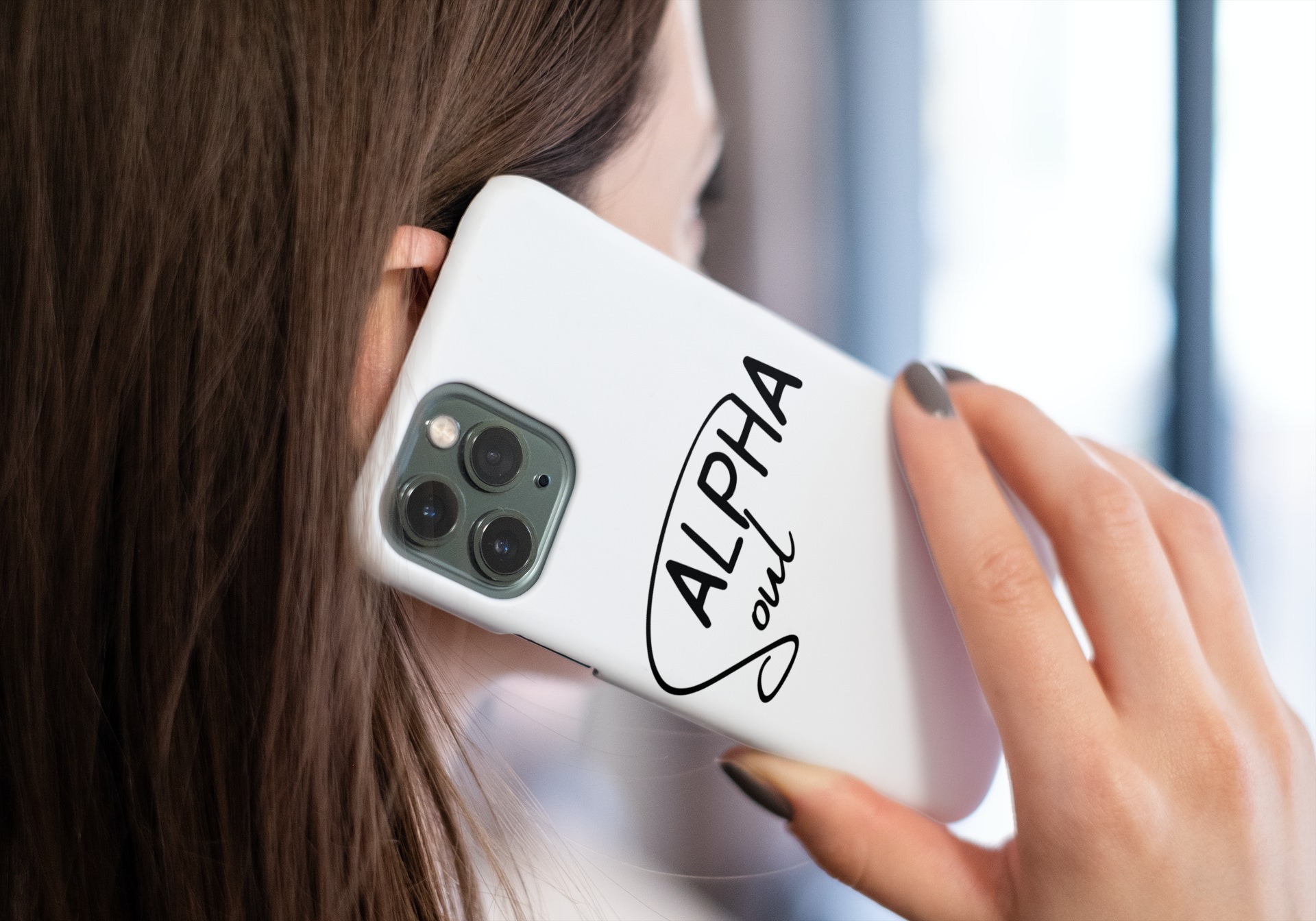The consumer is now in control. The consumer expectation is that information and services are on demand at anytime and anywhere. Consumers control interactions through sharing recommendations and by referencing opinions through ratings and reviews. Key factors that are challenging marketers:
- Technology has given consumers more choice, reducing the power of traditional media in some markets, fragmenting audiences and creating a much more complex landscape for messages to navigate.
- Consumers have been given the power to filter our irrelevant messages (and sometimes, technology will also do it automatically based on previous behaviour).
- Rising expectations mean that consumers will constantly demand more and actively communicate dissatisfaction when they don’t get what they want. Consumers expect a two-way dialogue with brands and personalised ads relevant to their needs.
Consumers also demonstrate power by retrieving information about advertiser activities and accessing the views of other people in relation to the brand. Examples of this are postings on travel and hotel review sites, blogs, and community forums.
Consumers are also empowered because they can aggregate. Social Networking Services (SNS) in particular have enabled like-minded people to join together to talk about campaigns (positive or negative).
More than 50 million people in 196 countries use change.org which is an online petition tool to pressure change in organisations, governments and people behaviour. This digital tool can be used with great effect to influence change in social, ethical and environmental matters. It has been used to address company policies, product lines or countries where products are available. It has been used to address political issues and change legislation or law; there are even petitions to encourage musicians or celebrities to tour or attend events.
Communicating with empowered consumers means understanding how they use a communication medium and respectfully entering that medium. If we don’t do that we are not going to draw people to our content. If we are not drawing people to our content, they are not going to become brand advocates. This means that we are constantly investing money in that filter or funneling process to perpetually create new awareness and stimulate attention, interest and desire. If we have brand advocates they can facilitate that funnel process.
Effectively communicating with consumers however, means understanding their behaviours and having content that is rich, meaningful and of interest to them.
Participation branding and engagement
What is evident, is that today, individuals have considerable power over brands. Given this power, content that attracts audiences to your brand, and provides opportunities for interaction and user generated content is increasingly important. Participation branding exemplifies the control that audiences possess, enabled by Web 2.0, where they have an opportunity to interact at a very high level, the ability to do more than just connect with an organisation.
Organisations should recognise the potential rewards from audiences that are given the opportunity to co-create and participate with a brand. This could include:
- an opportunity to influence what an outdoor campaign should look like
- influence product labeling, in the case of the Share A Coke campaign
- influence fashion design
Originally published at allyfortis.wordpress.com

